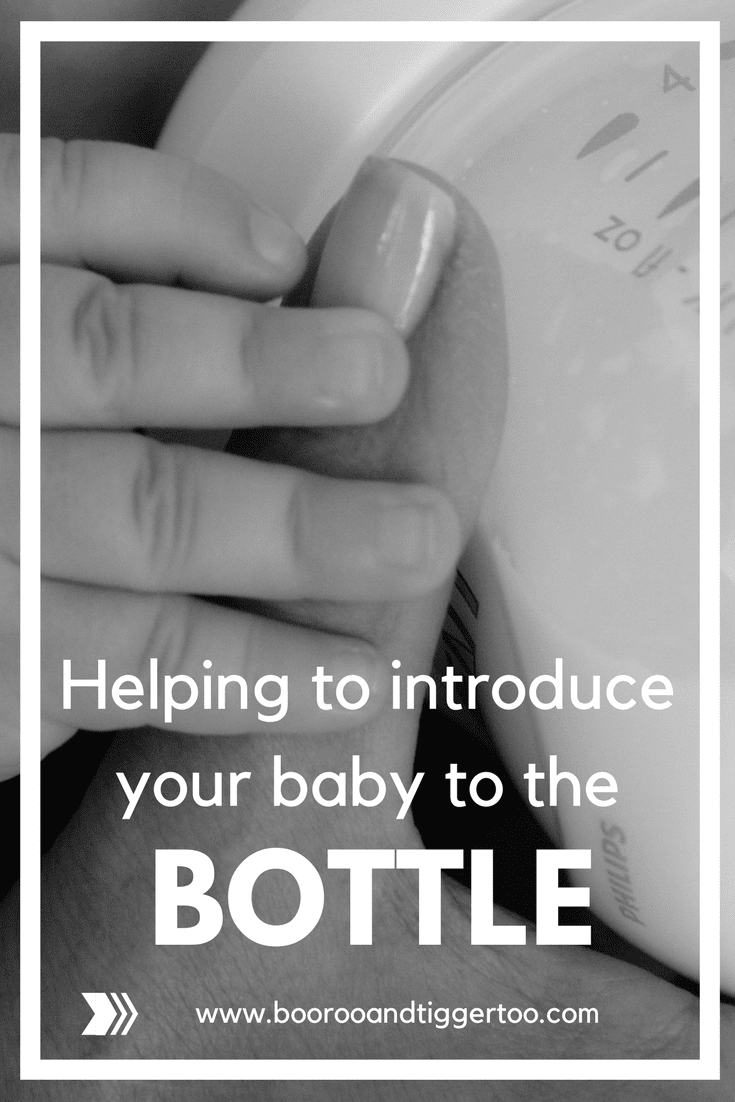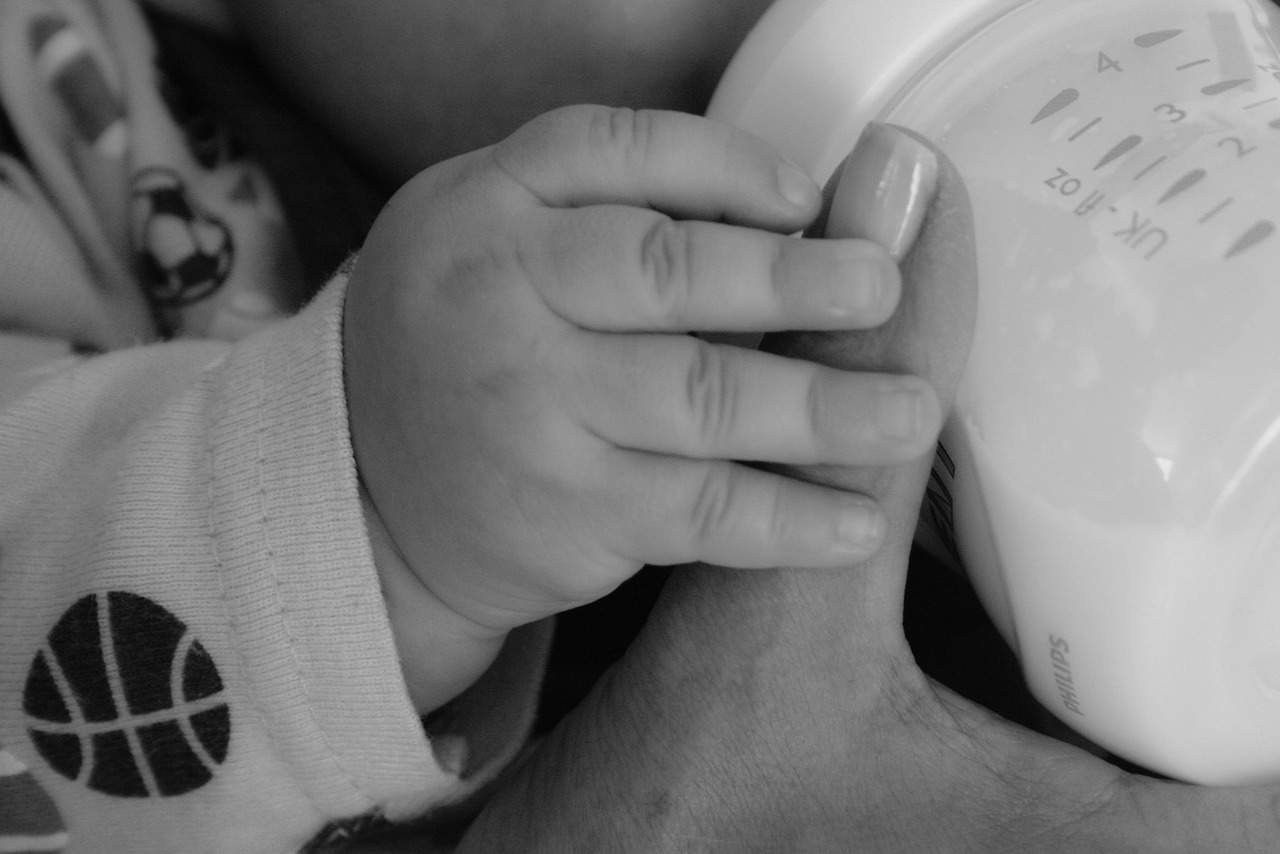There are many reasons why you may consider introducing your baby to a bottle. For example, you may want to start using a bottle so that you can start feeding your little one some expressed breast milk; or, know that you will need to leave your baby when returning to work, and you want to ensure they have some milk while you’re away from them.
Whatever the reason, this guide sets out how to go about giving your baby their first bottle, top tips in the early stages of introducing your little one to a bottle, and tactics that you can use when your child resists a bottle.
Helping to introduce your baby to the bottle

How to give your baby their first bottle
The common issue for babies being introduced to a bottle is that they will need to use a different sucking action compared to when they were breastfed. Therefore, it will likely take them time to get the hang of this new feeling.
To help, look to give your child their first few bottles when they are relaxed and happy as opposed to instances when they’re hungry and more likely to want to get fed by a method that they are used to. It could also be wise to offer your baby a bottle in the evening once their regular feeding has been complete — you don’t need to give them that much milk in this instance, as it will be more about getting your child used to the feel of a bottle’s nipple.
Another tip is to get someone else to give your baby their first few feeds — the dad or a friend or family member — as that way your baby will not be near you and smelling your breast milk. It may also be best if the mother is out of the house while the baby is being bottle fed, as many youngsters can smell their mother even from a distance. You only need to do this a handful of times until your child is used to drinking from a bottle.
Refrain from forcing your baby to feed from a bottle too much, and only feed them enough milk until they let you know that they’ve had enough. This needs to be a smooth transition, so your child will be more likely to rebel if they aren’t enjoying their bottle in the early stages.
What to do if your baby is resisting
If you are struggling to get your baby to make the transition from breast to bottle, there are some techniques that could help.
You should take the time to find a suitable product for your baby. A bottle with a nipple that is similar to your child’s dummy will likely make it more appealing to your little one, for instance. While a slow-flow nipple can get around times when your baby gags due to regular bottle nipples delivering them with too much milk at once.
A First Sippee Transition Cup from Tommee Tippee ticks all of these boxes, not to mention the fact that they are specially designed for a baby’s first sips and has a super soft spout that is gentle on your child’s sensitive gums. These cups may well be known to you, following a dad’s desperate search last year to find a replacement cup for his autistic son. The plea received over 12,000 retweets and the full story can be read on the BBC website.
It’s not just the design of the bottle or cup that can help your baby with the transition. Your baby may start sucking from the cup or bottle’s nipple if you place some breast milk on it and your child tastes it and enjoys the familiar taste.
Let your infant get used to their new bottle or cup in their own time too. Don’t be quick to take the product away from them if they begin to chew on the nipple — let them do this for now as they may switch to sucking on it once they are familiar with the feeling.
Babies may also feel more comfortable drinking from a bottle or cup when they are held in a different position to how you breastfeed them. Feed them from a bottle or cup when they are in a semi-upright position in a car seat, for example, or by having them on your lap but with their back to your chest.
Hopefully, with this advice, your baby will be reaching for his bottle or cup for their feed before you know it.

Featured Article






























No Comments